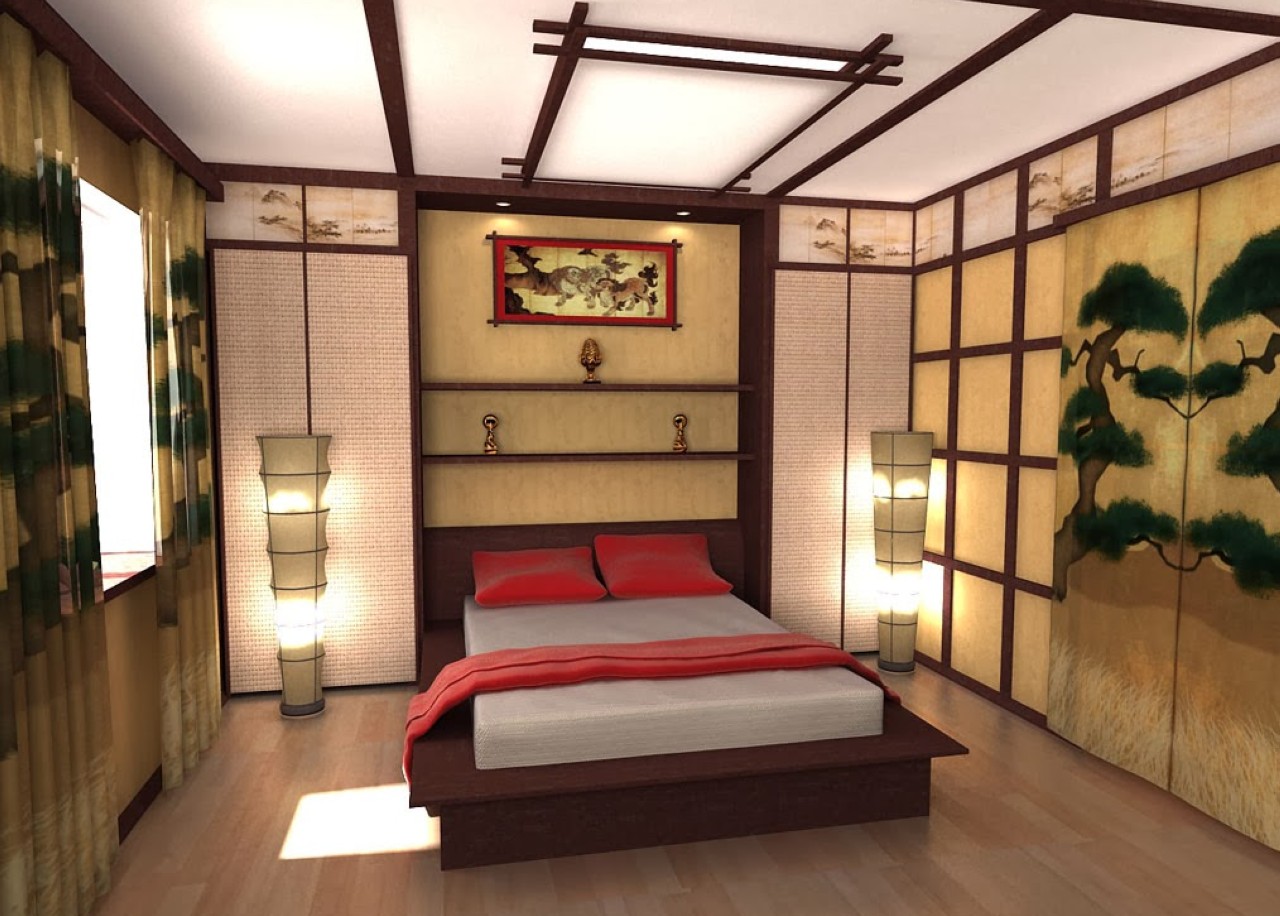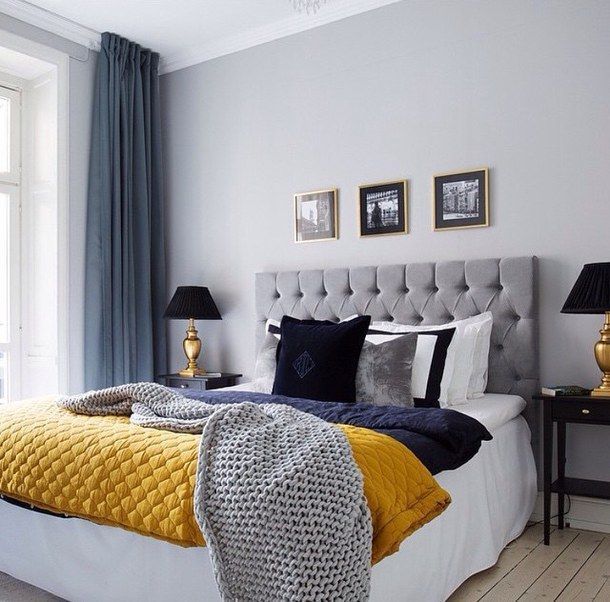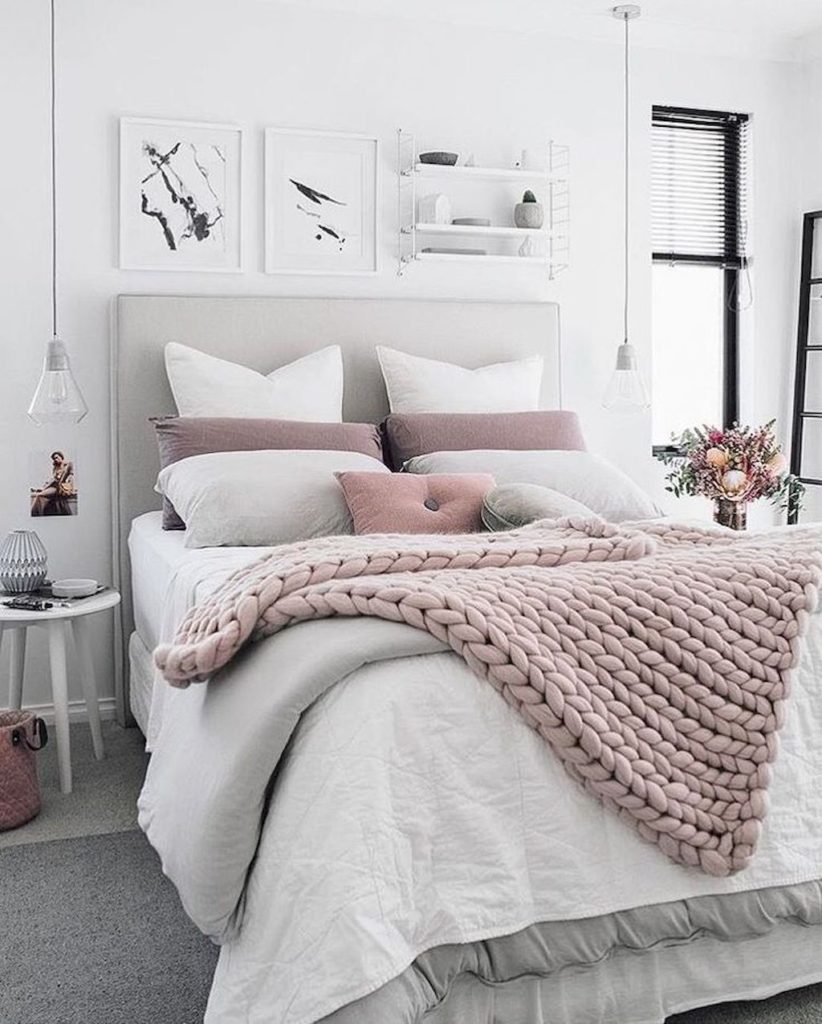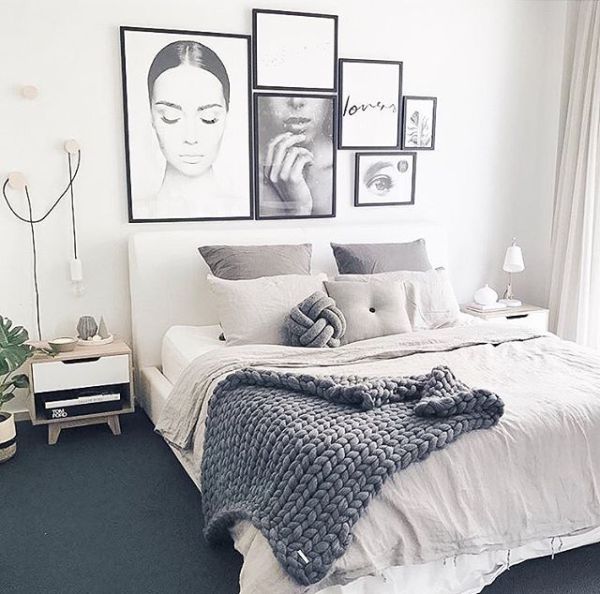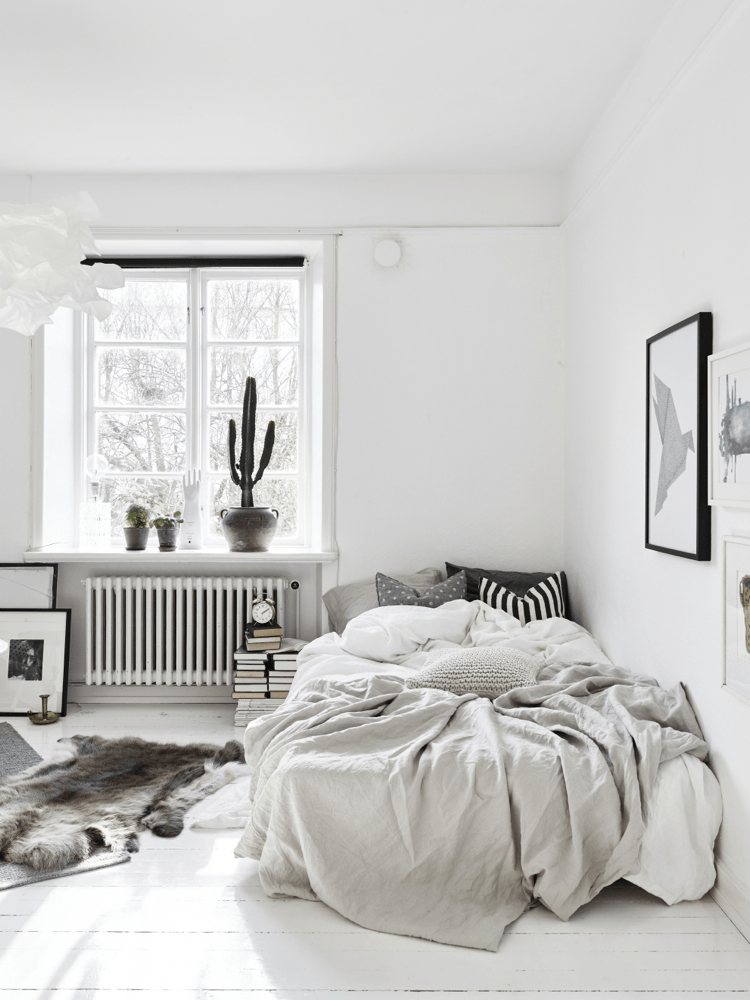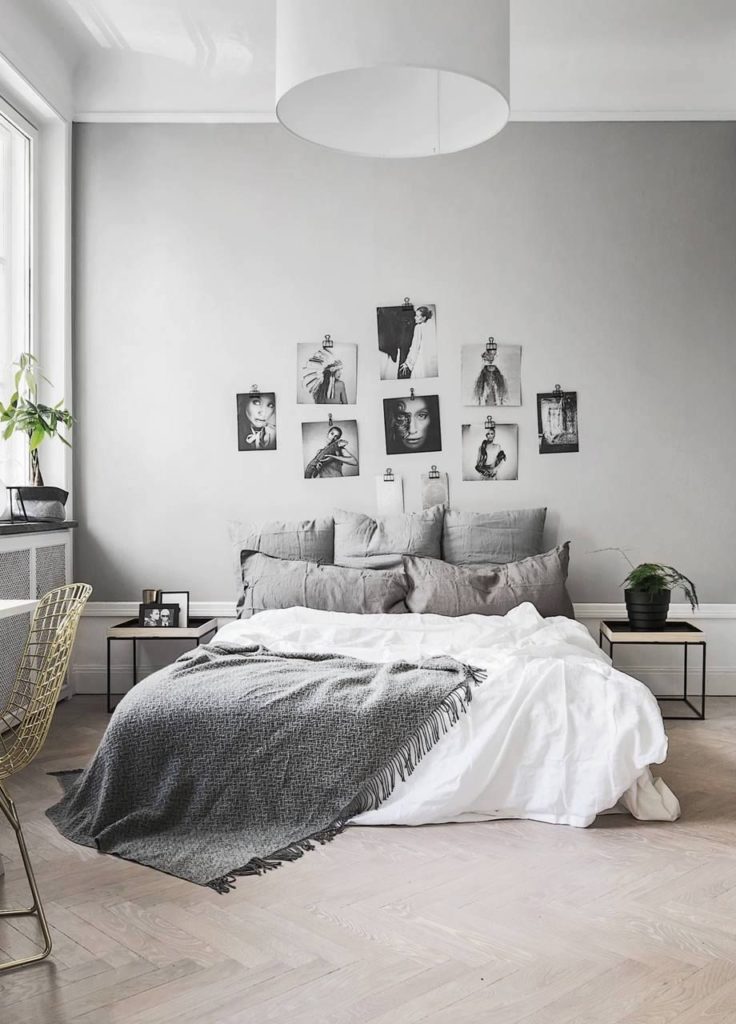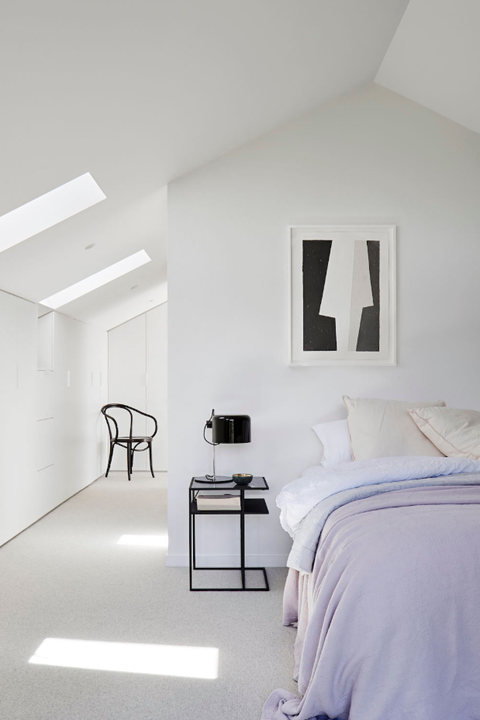Minimalism is the latest trend in the interior design world. Eastern Asian style of interior, specially Japanese bedroom style, is often known as the newest landmark in the design category. You must be wondering – why? Japan is a country like no other; it is a land of beauty, enigma, culture, and more. It is one of the most novel countries in all of Asia.
Given Japan’s unparalleled position globally, it’s no wonder that there is a great deal of charm of the country among people worldwide, whether it is food, anime, or its cultural elements. Japanese indoor décor is one such trend that is quickly emerging, particularly the ones used in traditional Japanese societies. Well, Japanese style is profoundly refined and straightforward. It concentrates on “less is more” and allows one to remodel their bedroom into a luxurious retreat. Portrayed with natural materials, barebones layouts, and simple lines, Japanese design centers on function and free energy flow rather than extravagance and visual interest. If you are looking to transform your bedroom into a secret Zen haven, there are numerous adjustments you will have to make, including a selection of colors, fabrics and boudoir furniture, as well as lighting options and accessories.
Vaulted or Cathedral Ceiling – Styles that will Make Your Home More Luxurious?
Japanese bedrooms are, without a doubt, some of the most naturally relaxing places you will ever encounter. And that feature is what makes them so amazingly appealing. And to make your Japanese bedroom unique, there are a few essential tips you will need to follow when designing your very own Japanese bedroom:
What is a Traditional Japanese Bedroom?

To introduce a traditional Japanese bedroom is that it serves the function as any other bedroom does. It caters to everyday activities such as sleeping, sitting, and so on, in the same way, it would be anywhere else.
The real difference lies in the plans, furniture, and overall ambiance.
Modern Home Plans And Design Tips
But the most crucial element of all appears to revolve around one single concept; Minimalism. In other words, the Japanese do not go for massive arrangements or décor. On the opposite, everything orbits around minimalist principles, where the focus is on functionality and uniformity. Anything considered as ‘excess’ is discarded at the earliest.
Choose your Colors wisely for Bedroom
Colors To bring in a Zen ambiance in your Japanese style bedroom, go with simple, natural colors that have a calming influence. Soft, neutral hues such as white, cream, beige, or light bamboo make a fantastic wall paint option, while the furnishings should be in brown, grey, or subdued green blends. Visual diversions and a multitude of colors do not promote de-stressing, resting, and energy flow, so try to keep a uniform color scheme throughout the room. Use bold and bright shades only if essential, e.g., accents as used in Japanese drapes or wall art.
Opt for Sturdy Furniture for Bedroom
In a Zen room, parity, transparency and strength are imperative, so keep your furniture insignificant and low to the ground. For best-enhanced visualizations, pick components that have a negligible monochromatic plan and clean lines. The spotlight in Japanese style lays on the basic as opposed to sumptuous, so your room should highlight just the crucial decorations, for example, a stage bed (thick bedding put straightforwardly on the floor will do the stunt similarly well), a short-leg footstool and honest closet or a pull-out dresser. Abstain from grouping furniture to make a new, breezy climate supported in the East.
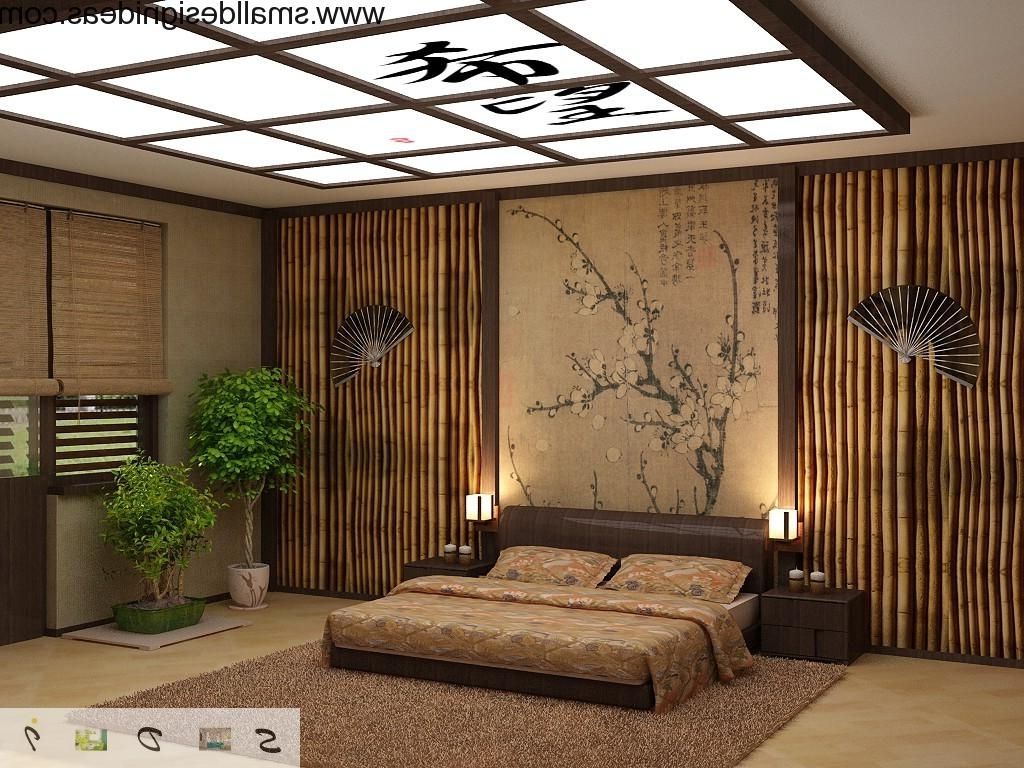
Illuminate with the best Lighting for Japanese Bedroom
Brightening assumes a significant part in a Japanese room, and the best light hotspot for a Zen-style home is regular light. For adequate daylight, introduce enormous windows and keep the blinds pulled back – this will make the room all the more inviting and make ideal solidarity of the open-air region and space inside. Fake light sources, for example, pendant shades and end table lights ought to be utilized circumspectly. If their utilization is fundamental, they ought to be covered to accomplish a moderate, non-Western look. Standing floor lights with wooden bases and round paper lamps in regular hues, nonetheless, are commonly worthy as they are normal in Japanese rooms.
Choose the right Fabrics for Japanese Bedroom
For a Japanese vibe in the boudoir, utilize natural textures, for example, cotton and silk. Get materials and blinds in regular, light hues or using unbleached materials. Soft blue materials are additionally appropriate to the Zen style if you need to add a complimentary tone to the room. Standard floor covers ought to be supplanted by a tatami tangle, a customary Japanese carpet created from compacted rice straws. For visual intrigue, toss in two or three beautiful pads or bed blankets with Japanese weaving recreations.
Compliment with Accessories for Japanese Bedroom
Fantastic Bedroom Color Schemes
The Japanese style is transcendently moderate, yet a couple of viable extras can help accomplish an unattractive climate in the room. A Shoji screen produced using a bamboo or wooden casing, and transparent paper or hand-painted silk board will include a scramble of genuine Japan to your private zone while helping you hide the bed, an unattractive heap of messiness or the TV (if you really can’t abandon it in your dozing premises). Other potential Zen frills incorporate bonsai trees, ikebana plans, potpourri boxes, silk shades, floor pads and quality canvases with swallows, cherry bloom or comparative nature-propelled methods. On the off chance that your lifetime dream is to visit Japan, maybe a Zen feel comfortable can hold you over until you set aside up enough cash to go toward the East. Follow these essential hints and change your main room into your private support of Japanese agreement, harmony and style.
